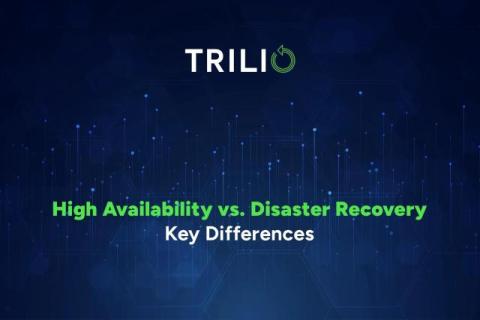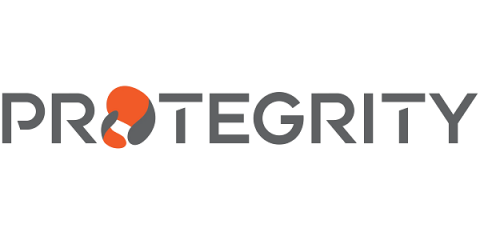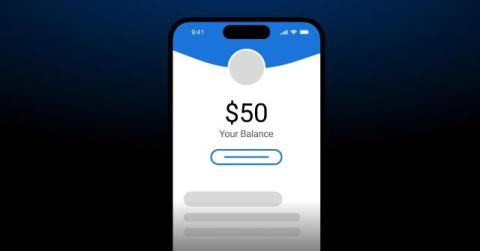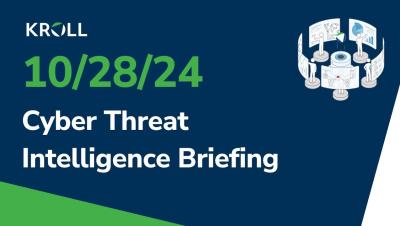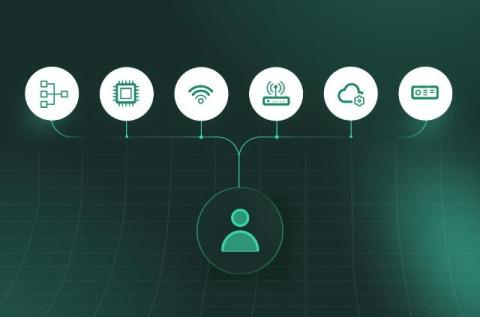Quarantined Malware: Next Steps After Detection and Containment
Today's digital world is always at risk from malware, so it's more important than ever to have good safety habits. Most of the time, the first thing a company does when they find a disease is isolate the threat. This process comes up with the idea of "quarantined malware," which is malicious software that has been found and put somewhere else so it can't do more damage. For a company, this is a very important part of their security plan because it keeps systems safe from attacks.



